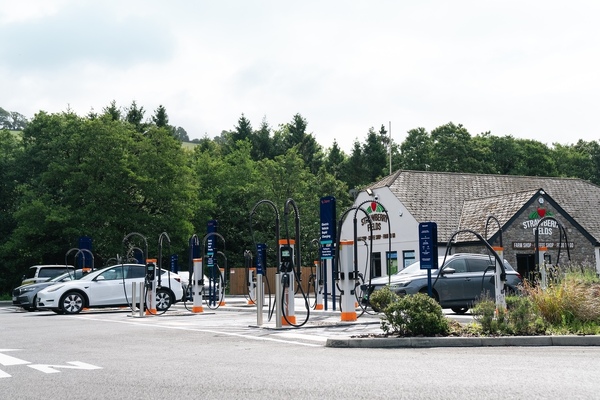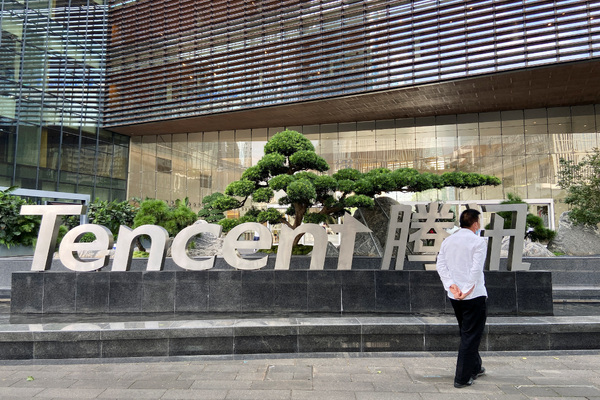Exness CCO interview: The democratisation of trading
Sponsored by ExnessDamian Bunce, Chief Customer Officer, Exness
The second episode of Business Reporter’s interview series with Damian Bunce, Chief Customer Officer with Exness, explores the technicalities of trading by covering three key concerns for traders. In this instalment, Bunce talks about Exness as market maker when it comes to leverage, liquidity and slippage, and how the company democratises trading for retailers.
“Our role is to make sure that we have a very big and healthy supply [of liquidity] – not just in foreign exchange and stocks. It’s also in cryptocurrencies, in gold and in oil,” explains Bunce. He goes on to provide some liquidity figures to demonstrate why Exness is the largest retail market maker in the world. The FX retail market accounts for “$1 trillion a day, and of that Exness executes $150 billion a day. So, we have a fairly substantial 15 or so per cent market share.” For the burgeoning crypto market, which sees a daily trade volume of $68 billion, Exness contributes a significant 3 to 4 per cent, with $2.5 billion traded per day.
When the topic switches from liquidity to leverage, Bunce explains that leverage, though a double-edged sword, enables retail traders to access expensive products such as gold. “If hedge funds can get leverage, the richest companies in the world, why can’t retail have that opportunity?” However, the caveat is the potential for swift, significant losses. To mitigate this risk, Bunce explains that Exness offers protective measures such as stop loss and negative balance protection. One of the episode’s highlights is his take on the latter.
As a regulatory safeguard for traders that many brokers and market makers use, negative balance protection is nothing new. “We took the decision to provide [negative balance protection] and follow those guidelines, because we believe that this is true democratisation of financial services,” says Bunce. “And we are allowing somebody to punch above their weight, to trade in products that were only really available to the wealthiest hedge fund managers.”
When the conversation shifts to the final topic of slippage, Bunce describes these abnormal price gaps as a “real pain point”. In a liquid market it’s usually unnoticeable and protected with the right stop loss orders in place. But during an illiquid trading time, this gap can be much wider, and traders can lose more than they expected, which then raises suspicions with the broker.
To counteract this, Exness employs a gap protection rule, something that only market makers can do. “We understand that slippage is a part of the market and it’s a fact of life,” says Bunce. “So where we can, we will provide the customer with their requested price rather than the real market price.”
Stay tuned for the final part of the series, where Bunce talks to Business Reporter about the people behind Exness, its scientific approach to technology, and what we can expect from the market maker in the near future.


Business Reporter Team
Most Viewed
Winston House, 3rd Floor, Units 306-309, 2-4 Dollis Park, London, N3 1HF
23-29 Hendon Lane, London, N3 1RT
020 8349 4363
© 2025, Lyonsdown Limited. Business Reporter® is a registered trademark of Lyonsdown Ltd. VAT registration number: 830519543





